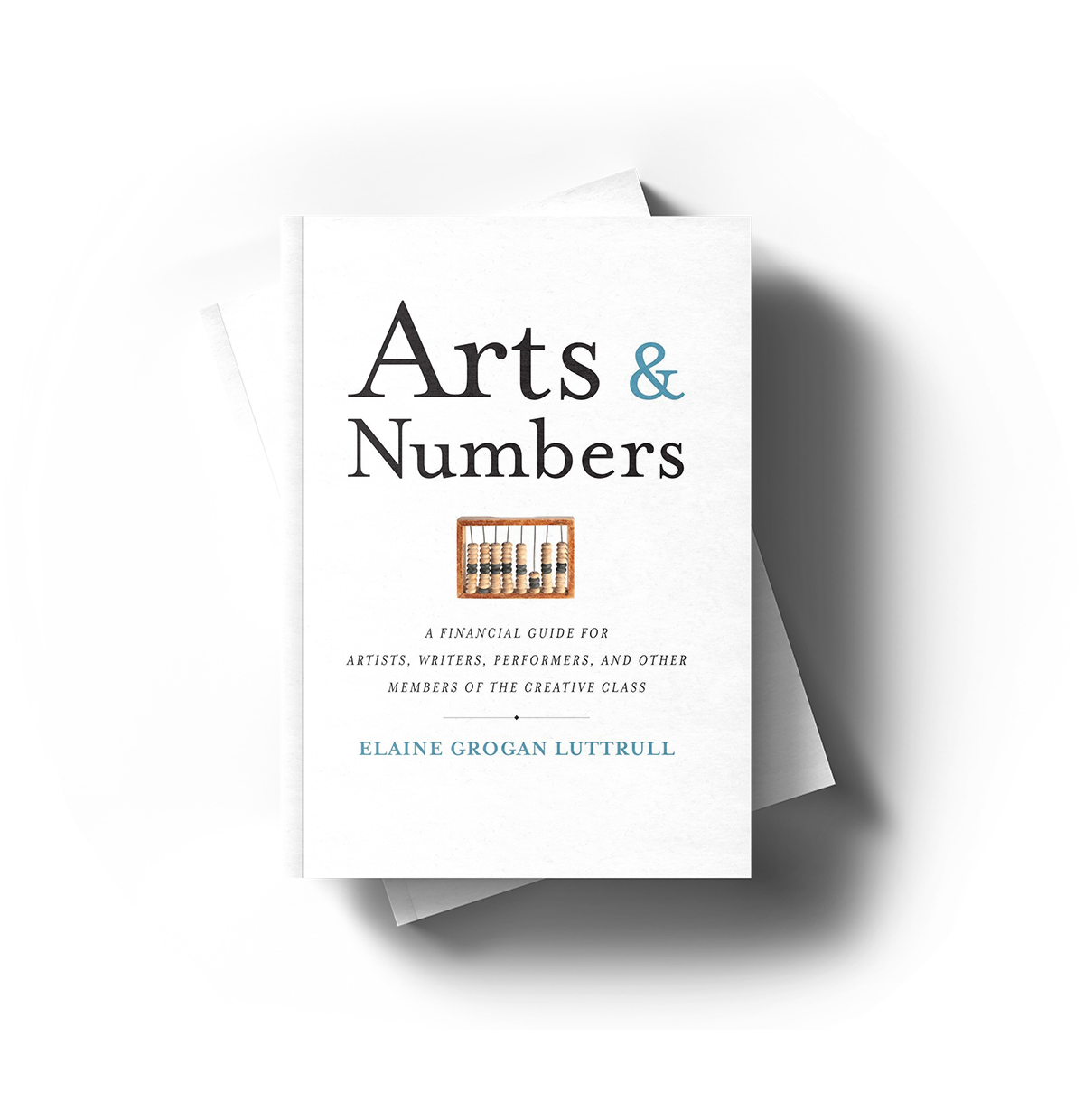September 12, 2016 • Curriculum

Dublin, Ohio
Goal Setting is always one of the first activities I introduce, whether I’m working with undergraduate students or seasoned creative professionals. Rarely do those I work with think about goals for the first time with me. We’re taught to think about goals almost reflexively throughout our lives. In fact, most creative individuals have at least a passing familiarity with the SMART criteria for setting goals (specific, measurable, attainable, relevant, and time-bound). They might not be able to recite the acronym or its founder’s name, but they certainly know the essence of its goal: To concretize big goals into attainable chunks.
What is different about what we do is the process of quantifying goals. After all, without figuring out what a goal will cost, both in money and in time, it is incredibly difficult to weigh its importance, or what it will “cost” us (literally and figuratively) to accomplish. And without understanding the true cost of our goals, it is impossible to decide honestly if we really want to pursue them. (Sometimes we just think we want the goal’s outcome, without actually wanting the process of accomplishing the goal.)
The process of quantifying a goal isn’t pretty. It starts with the question, “What do you need to accomplish this goal?” This is where the temptation to give a lazy, smug answer is almost unbearable. I know we all need more time. And I know we all need more money. But claiming you cannot accomplish your goal without artificially manufacturing more of either is a lazy approach to goal setting. It deprives you of the empowerment of laying out – and executing – a plan.
So yes. You need time and money to accomplish your goal. I’ll stipulate that. But if your goal-setting process stops there, you’ll never get closer to where you want to be.
So let’s go deeper, shall we? What do you really need to accomplish your goal?
Do you need uninterrupted time off of work? Do you need space to work creatively? Do you need to silence your phone? Do you need to have a dog-walker or child-care to limit your interruptions? Do you need supplies? Do you need special software? Does your process involve both physical and digital output? List all thing things you need –beyond simply time and money – to accomplish your goal.
Next ask, “What do you need to do to accomplish your goal?” What processes do you need to have in place? How will the project unfold? How much time – realistically – will each step take? What prep work did you forget? What follow-up work is missing?
The last question is perhaps the most important: “What will it cost?” You’ve listed a number of tangible things, each of which likely has a cost associated with it. You’ve also listed a number of tasks. Calculate the cost of each, whether it is in unbillable time (the opportunity cost of your time) or in actual dollars. (And don’t forget to include all the costs even if you won’t have to pay them in cash. Costs you’ve already incurred are still costs of the goal.)
Answering these questions brings us to the tactical level of any goal, and the input items and tasks become insanely detailed. But those details are crucial for really understanding what we’ll need (and what we’ll need to do!) to accomplish our goals. Those details provide the tactical plan (road map) to move us towards our goals, and a clear way of quantifying the process. They won’t always be exactly right (goodness knows plans change), but at least we’ll know where to start and what to do first. Then we supplement the plan with our gut instincts, reflexes, and problem-solving skills along the way.
But the plan is impossible to follow if we blame our lack of time and our lack of money for our own shortcomings.
Yes. With unlimited time and unlimited money, our goals might seem easier to accomplish. But deep down we all know that isn’t true. Unlimited time and unlimited resources might make a goal seem more attainable, but by blaming the lack of time and lack of resources for our own personal failures to accomplish our goals, we deprive ourselves of the opportunity to accomplish them. We deprive ourselves of our own empowerment.
And a lack of empowerment probably isn’t the overall goal.
Now What?
Want to learn more about quantifying goals? Check out Goal Setting for Portfolio Careers, a 3-hour self-study course to put these theories into creative action.
 Goal Setting for Portfolio Careers
Goal Setting for Portfolio Careers
You probably have a goal: To keep doing exactly what you want to be doing without going broke. But what if you could do more? In this course, you’ll learn why the traits that enhance your creativity are also fantastic for building tools to make your creative career work for you.
This course is completely self-paced, meaning you can read the materials and do the activities on your own time. But don’t worry. You won’t be alone.
At Minerva Financial Arts, we care about artists and the community… A lot. All our courses are distinguished from others by Elaine’s hands-on, supportive approach to coaching you through the material. Enjoy!


